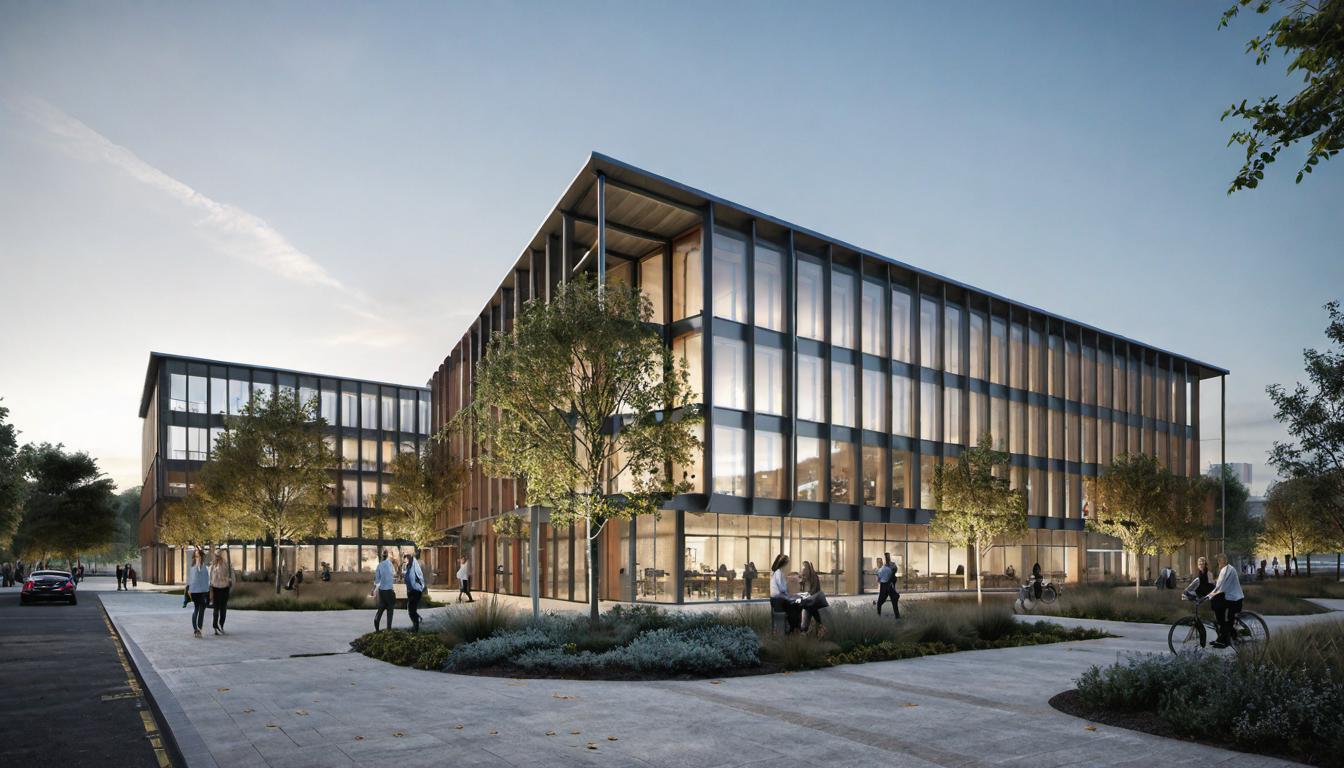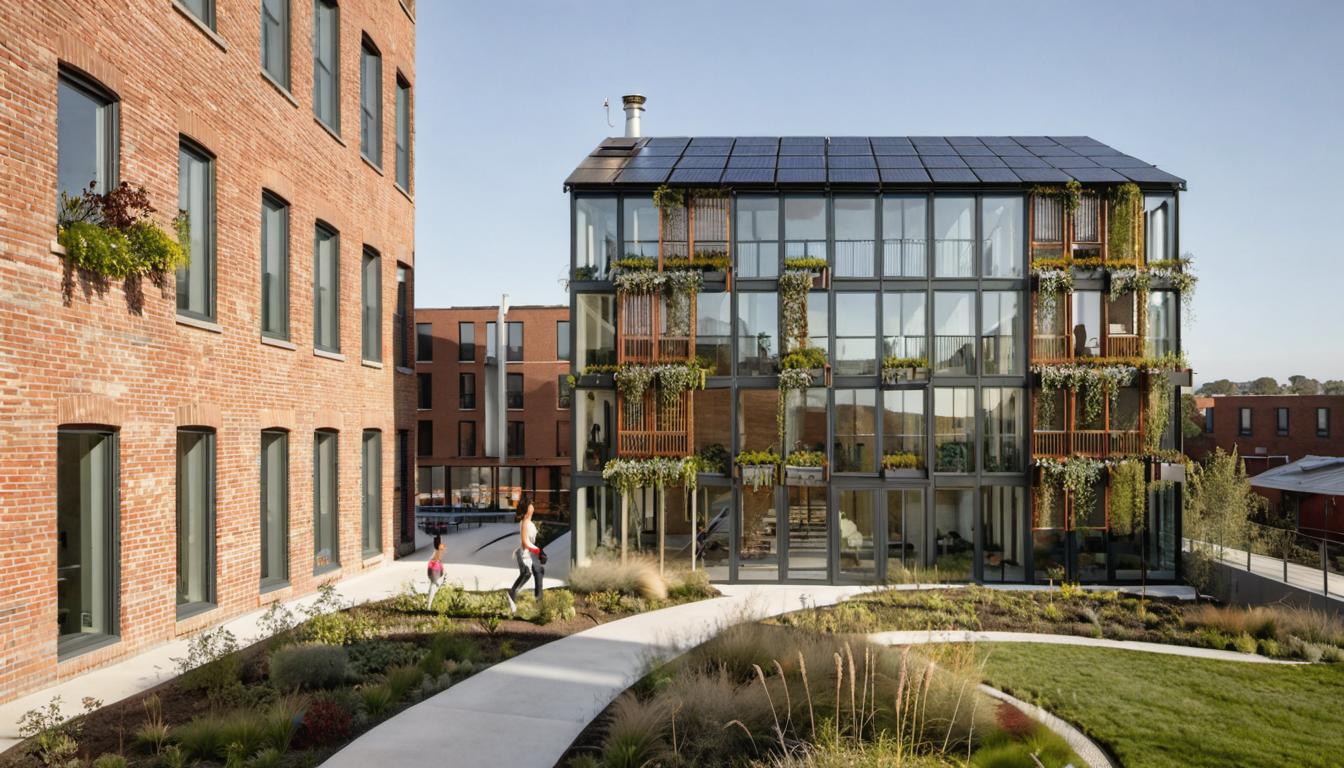Getting Started: AI and BIM in Architecture
From drafting tables to calculators, 3D printers to virtual reality, architectural design is a field that’s never shy of technological advancements. Two major players in the current design and construction scene, Artificial Intelligence (AI) and Building Information Modeling (BIM), are changing the landscape as we know it. Will AI replace BIM? That’s our focus.
BIM: The Here and Now
- Building Information Modeling, or BIM, is currently utilized in the digital representation of architectural projects. The existing BIM methodology has crafted a collaborative platform for stakeholders, allowing for efficient coordination.
- Despite this efficiency, current BIM technology faces challenges. These challenges include a lack of full automation and optimum efficiency, often leading to manual data input, static modeling, and a continuous need for remodeling in the face of design changes.
AI: Seizing Control of BIM
- Artificial Intelligence (AI) has the potential to change the current BIM landscape by analysing large data sets, identifying patterns, making accurate predictions, and converting 2D blueprints into detailed 3D models.
- Innovation is a critical facet of AI as it does not solely aim to replace human tasks but to augment human capabilities within the architectural design industry, leading to an AI-driven BIM.
Benefits of an AI-Driven BIM
- The use of AI within BIM can lead to increased modeling accuracy and improved decision-making processes. Moreover, AI-Driven BIM results in more efficient project delivery and cost savings.
- It enhances collaboration among stakeholders and significantly reduces waste and energy consumption, driving the industry towards a more sustainable future.
Hurdles in Incorporating AI with BIM
- However, merging AI with BIM has its potential challenges. In particular, concerns about the quality of the data used in AI analysis have surfaced.
- There are also issues related to privacy, security, and potential bias in AI decision-making. Nevertheless, progress is being made to address these problems with enhancing transparency and improving data governance.
Hurdles in Incorporating AI with BIM
- However, merging AI with BIM has its potential challenges. In particular, concerns about the quality of the data used in AI analysis have surfaced.
- There are also issues related to privacy, security, and potential bias in AI decision-making. Nevertheless, progress is being made to address these problems with enhancing transparency and improving data governance.
Technological Fusion: A Peek into the BIM Future
- With continuous improvements in AI technology, more automated and streamlined BIM processes are anticipated.
- Furthermore, greater interplay between BIM and other construction technologies, such as drones and Internet of Things (IoT) sensors, will significantly enhance building design and construction.
Does AI Supersede BIM?
So, does AI replace BIM? The answer is: It’s not a matter of replacement, but rather a matter of enhancement. AI brings forth a transformative approach to BIM, gifting it with improved efficiency, accuracy, collaboration, and sustainability.
FAQs
- Question: What advancements are expected to change the future of Building Information Modeling(BIM)?
Answer: The future of BIM technology potentially involves more automation and optimization, efficient data usage, and integration with other construction technologies such as drones and IoT sensors. - Question: How can artificial intelligence enhance the efficiency of BIM?
Answer: AI enhances BIM efficiency by providing accurate predictions, analyzing large datasets, creating 3D models from 2D blueprints, and leading to faster project completion at lower costs. - Question: What is the role of robots and machines in changing the architectural design industry?
Answer: Robots and AI can perform tasks traditionally handled by humans more independently and efficiently, thus leading to enhanced efficiency and accuracy in architectural design. - Question: What does the concept of ‘Data waste’ mean in the context of building lifecycle?
Answer: Data waste refers to the inefficiency associated with not utilizing or reusing data through a building’s lifecycle. The future of data usage in design involves utilizing data to inform designs, thereby reducing data waste. - Question: What potential challenges are associated with integrating AI into BIM?
Answer: Hurdles may include concerns about data quality, privacy and security issues and potential bias in AI decision-making. However, improvements are being done in data governance and transparency to mitigate these challenges.






